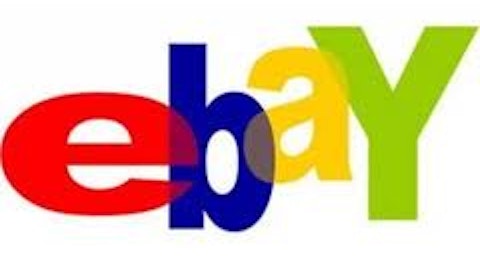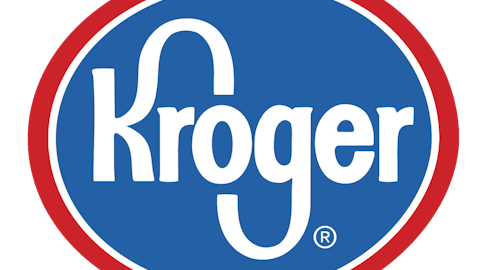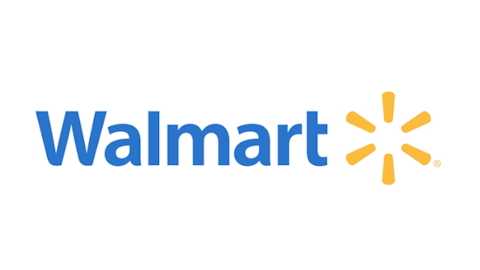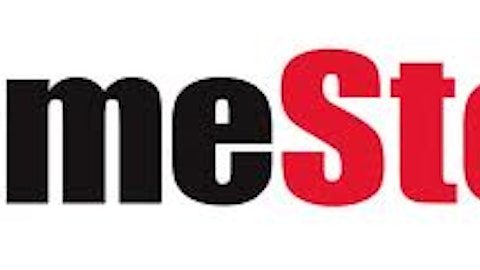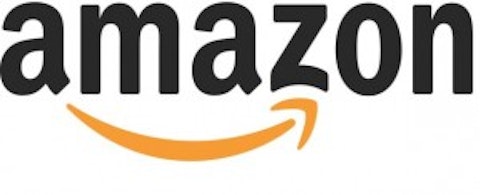
Amazon.com, Inc. (NASDAQ:AMZN)’s net sales in the company’s first quarter were up about $2.02 billion, or 22%. Meanwhile, some brick-and-mortar retailers are struggling to grow their top line, and Amazon.com, Inc. (NASDAQ:AMZN) is likely at fault (or at least partly). Best Buy Co., Inc. (NYSE:BBY), for instance, saw revenue decline 9.6%, and comparable-store sales fall 1.3% from the year-ago quarter. Amazon rival Barnes & Noble continues to face rough waters; revenue continues to slide, and the company’s CEO recently resigned.
For brick-and-mortar retailers in Amazon.com, Inc. (NASDAQ:AMZN)’s lane, all is lost — or so it seems. Is there any hope for Amazon competitors? Possibly. Are brick-and-mortar retail stocks competing with Amazon all a dangerous bet? Not necessarily.
A look at Amazon competitors Best Buy Co., Inc. (NYSE:BBY) and Wal-Mart Stores, Inc. (NYSE:WMT) reveals some promising numbers.
Leveling the playing field
Believe it or not, Best Buy Co., Inc. (NYSE:BBY)’s stock has trumped Amazon’s over the past 12 months, up 50% compared to Amazon.com, Inc. (NASDAQ:AMZN)’s 41% gain. Year to date, Best Buy Co., Inc. (NYSE:BBY) is up 140%, compared to Amazon’s 23% gain. With Best Buy’s revenue down, and Amazon’s substantially higher, how is this possible? Expectations.
The stock market is all about expectations. If the market expects a business to perform exceptionally well, investors buy up a stock until the buoyant expectations are priced into the stock. Conversely, when investors expect a business to perform poorly, the stock sells off until poor expectations are priced into the stock.
In other words, valuation matters. That’s the first reason investors shouldn’t give up on brick-and-mortar retail stocks. Greatness is already priced into Amazon’s stock. The stock trades at 2.2 times sales. Comparatively, Wal-Mart Stores, Inc. (NYSE:WMT) trades at .6 times sales.
Amazon’s price-to-earnings and price-to-free cash flow ratios aren’t even meaningful. Quarter after quarter, the company barely slips by with a profit — sometimes reporting losses. Even worse, in the last thee years, the company’s cumulative free cash flow is actually negative.
While investors wait for Amazon.com, Inc. (NASDAQ:AMZN) to bring in the dough, Best Buy Co., Inc. (NYSE:BBY) and Wal-Mart Stores, Inc. (NYSE:WMT) both trade at realistic valuations, with free cash flow yields of about 4.5%. Amazon’s free cash flow yield? Just 0.13%. Amazon investors obviously expect a very bright future for the company.
Sure, Amazon may grow into its valuation. But Best Buy Co., Inc. (NYSE:BBY) and Wal-Mart Stores, Inc. (NYSE:WMT) may also outperform their low expectations. Valuation, therefore, levels the playing field.
Where’s the money?
Yes, Best Buy’s revenue is down this year. But the company is still generating a large amount of cash. Over the trailing 12 months, Best Buy raked in $564 million in free cash flow. Amazon? Just $177 million. That’s a paltry number in light of the company’s $140.5-billion market cap. (Best Buy’s market cap stands at just 9.7 billion.)
